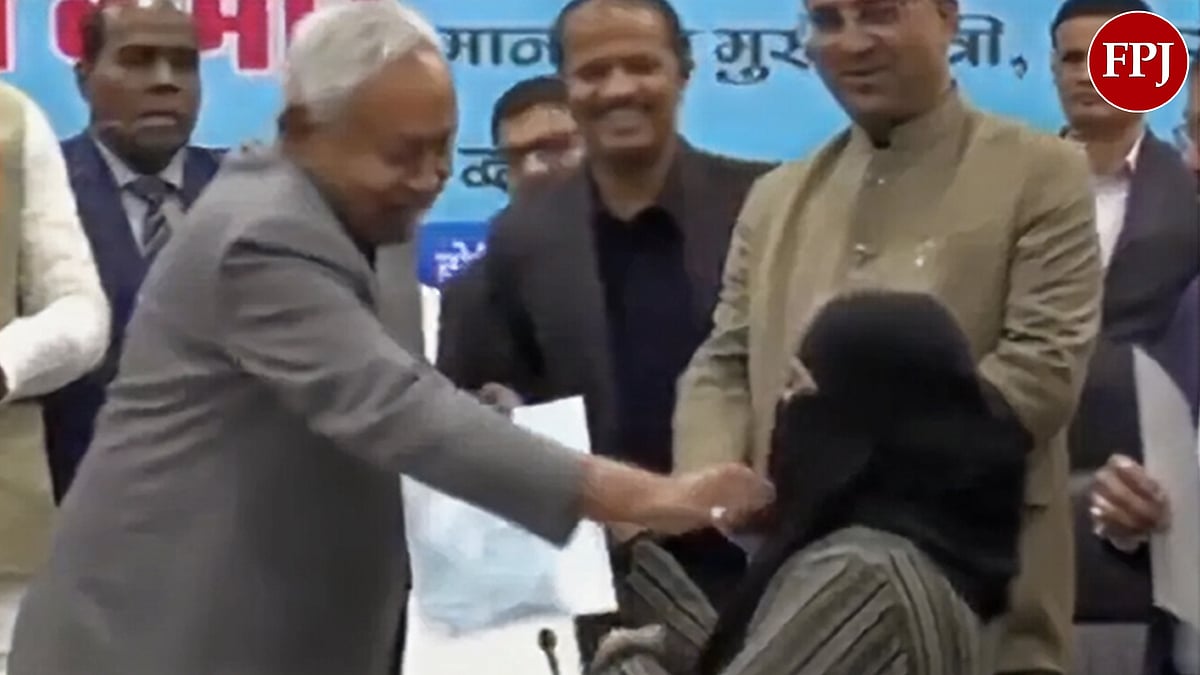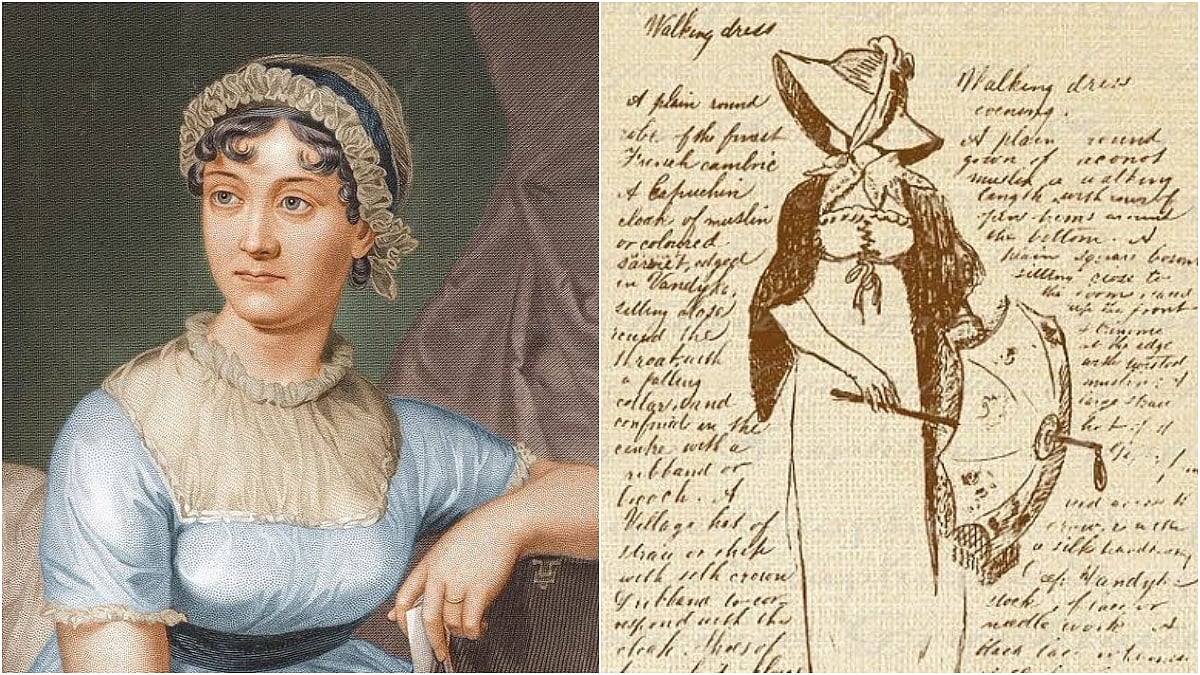A mad race for reducing interest rates is afoot these days. United States’ President Trump has persuaded the US Federal Reserve Board to reduce interest rates after a decade. Trump wants the Board to reduce these even further—and fast. The central banks of New Zealand, Thailand and India have done the same. China has not officially announced but unofficial reports indicate that it has, too. The intention of lower interest rates is to persuade the consumers to take more loans to buy more bikes and TVs. This will lead to generation of demand for these goods in the market. On the other hand, lower interest rates will also make it profitable for businesspersons to take loans in order to establish more factories. In this way a fortuitous cycle of increased demand by consumers and increased supply from businesspersons will be established leading to higher economic growth rate.
However, the question is whether this economic growth can be jumpstarted by a reduction in the interest rates. Let us take the United States for example--Is the recent increase in growth rate and reduction in unemployment really due to the lowering of interest rates? A report by the American Banks Association says that while unemployment is less in the country, it is accompanied with lower wage rates and increased debt of the consumers. But the question remains if the employed workers facing reduced wages are willing to borrow and spend? Would you take a loan to buy a bike or a TV if you earn Rs 8000/month as compared to Rs 10,000 per month until recently? Most unlikely. A consumer takes a loan only when s/he is confident that future earnings would make it possible to repay the loan. Hardly possible if the wages reduce. The taking of loans by US’ consumers is even more surprising because America is not able to increase the exports of its goods as seen in the deepening trade war with China.
The jobs that are being created and that are leading to the reduction in unemployment rate are not coming from export competitiveness. How, then, are we seeing an increase in debt-led consumption despite reduction of wages and stagnant competitiveness? The solution to this puzzle is that President Trump has fabricated a sense of positivity about the future. His repeated statements that he will ‘Make America Great Again’ are echoing within the consumers. They are overlooking the reduction in their wages and borrowing and consuming goods in the hope of a better future as promised by Mr. Trump. The conclusion being that the economic growth in the US is being driven not by lower interest rates but by Mr. Trump having instilled a sense of confidence in the future.
The debt of the US Government is rising in tandem with household debt incurred by the consumers. Mr. Trump has reduced the Corporate Tax and Income Tax payable by the rich. This has led to stagnation in the revenue receipts of the US Government. The annual revenue receipts were 3.3 trillion USD in 2017 when he assumed the presidency, which rose marginally to 3.4 trillion USD in 2019. In this same period, the expenditures of the US Government increased from 3.9 trillion USD to 4.5 trillion USD. An increase of 0.1 trillion USD in revenue came along with an increase in 0.6 trillion USD in the expenditures. Clearly the US is taking loans from the global financial markets to finance its expenditures. Thus, the true sources of the economic growth in the US today are two-fold. One, Mr. Trump has instilled confidence among the consumers to borrow and spend in the hope of a better future; and ordered his Government to borrow and spend. Two, the US consumers and the US Government are borrowing and spending with obeisance.
The growth is primarily driven by debt; the reduction in interest rates may have had a minimal impact, if at all. It should be obvious that this party of borrowing-and-spending cannot go on indefinitely, especially with consumers facing reduced wages and the Government facing stagnant revenues. There is a saying in economics, “There is no such thing as a free lunch.” Thus the spree of borrowing will come to an end. No wonder, there is a consensus among economists that reduction of interest rates will not salvage the global economy. There will come a time when the lenders will realize that the US consumers and US Government will not be able to repay the amounts borrowed. The trust instilled by Mr. Trump may vanish into thin air and the entire edifice of the US economy may come crashing down. Thus the International Monetary Fund has said that the present global economic growth is “vulnerable.”
We have to assess the efficacy of the reduction in the interest rates by Reserve Bank of India in this backdrop. The American experience tells us that the driver of growth is a faith in the future coupled with heavy borrowings. Know that the Reserve Bank has reduced the interest rates several times in the recent past, but the economy continues to slide down. The clear message is that the primary driver of the economy—faith in the future—is lacking. Cheap loans do not drive the economy on their own. A sick person would hardly take a loan to buy a house. Therefore, our Government should get together with the consumers and businesspersons and discuss their hesitations so that the fortuitous cycle of increased demand and supply can be established.
The writer is former professor of Economics at IIM Bangalore.









